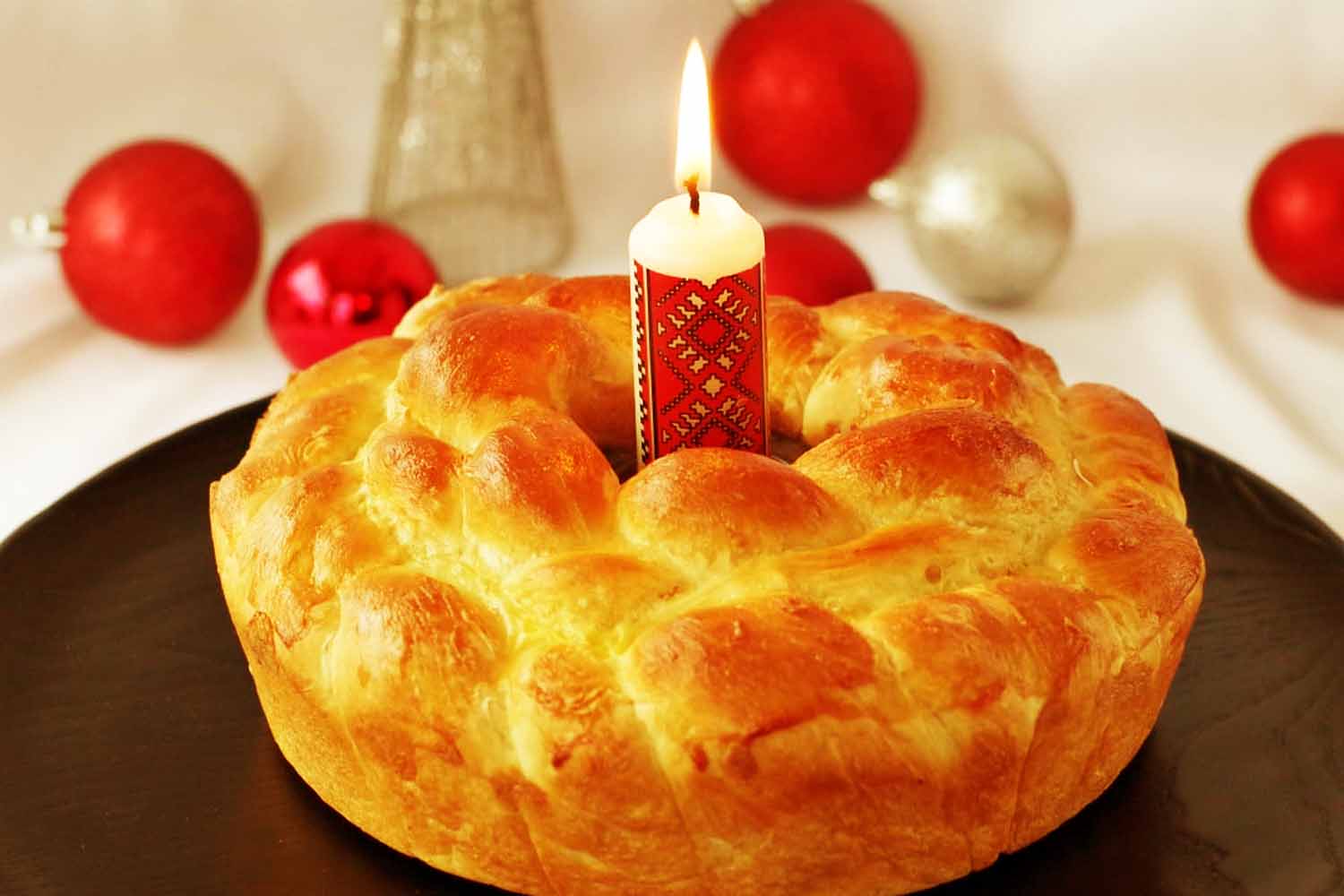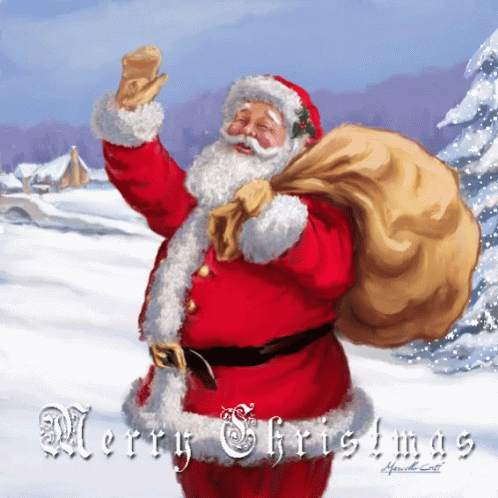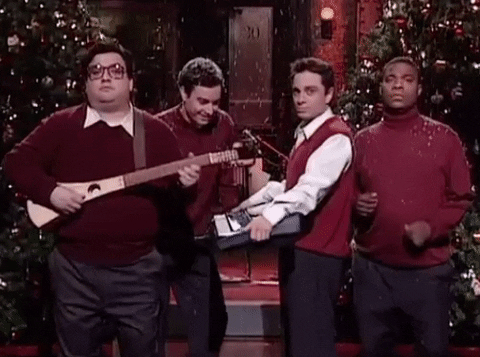Christmas can be observed in Ukraine on either December 25 or January 7. This is because some Ukrainian Orthodox and Greek Catholic churches still observe their religious holidays following the older Julian calendar, while others utilize the more modern Gregorian calendar.
The Koliadky and Shchedrivky Carols
Ukrainians have several solemn traditions associated with Christmas Eve, but one of the most popular is the ritual of going caroling from house to house. Traditional Ukrainian Christmas melodies or carols, like many other aspects of the holiday, have deep historical roots.
During Christmas Eve and Christmas Day, Ukrainians sing koliadky, a type of Christmas carol whose name likely derives from the Latin word for “calendae,” which means “the first day of the month.
The second category of carols, “shchedrivky,” takes its name from the word “generous” in Russian. The latter can be heard performed around the Epiphany.
There are distinctly pagan aspects to both koliadky and shchedrivky, but many of these practices have been Christianized. One pagan carol describes how a landowner is awoken by a swallow, who instructs him to be ready for three visitors: the sun, the moon, and the rain.
Jesus Christ, Saint Nicholas, and Saint George play roles in the Christianized story. Ukrainian folk song “Carol of the Bells,” which is widely known in the United States, was originally written as a shchedrivka and told the story of a swallow (herald of Spring) who visits a landowner’s home and invites him to come outside so that he can show off his wealth and the number of calves he has.
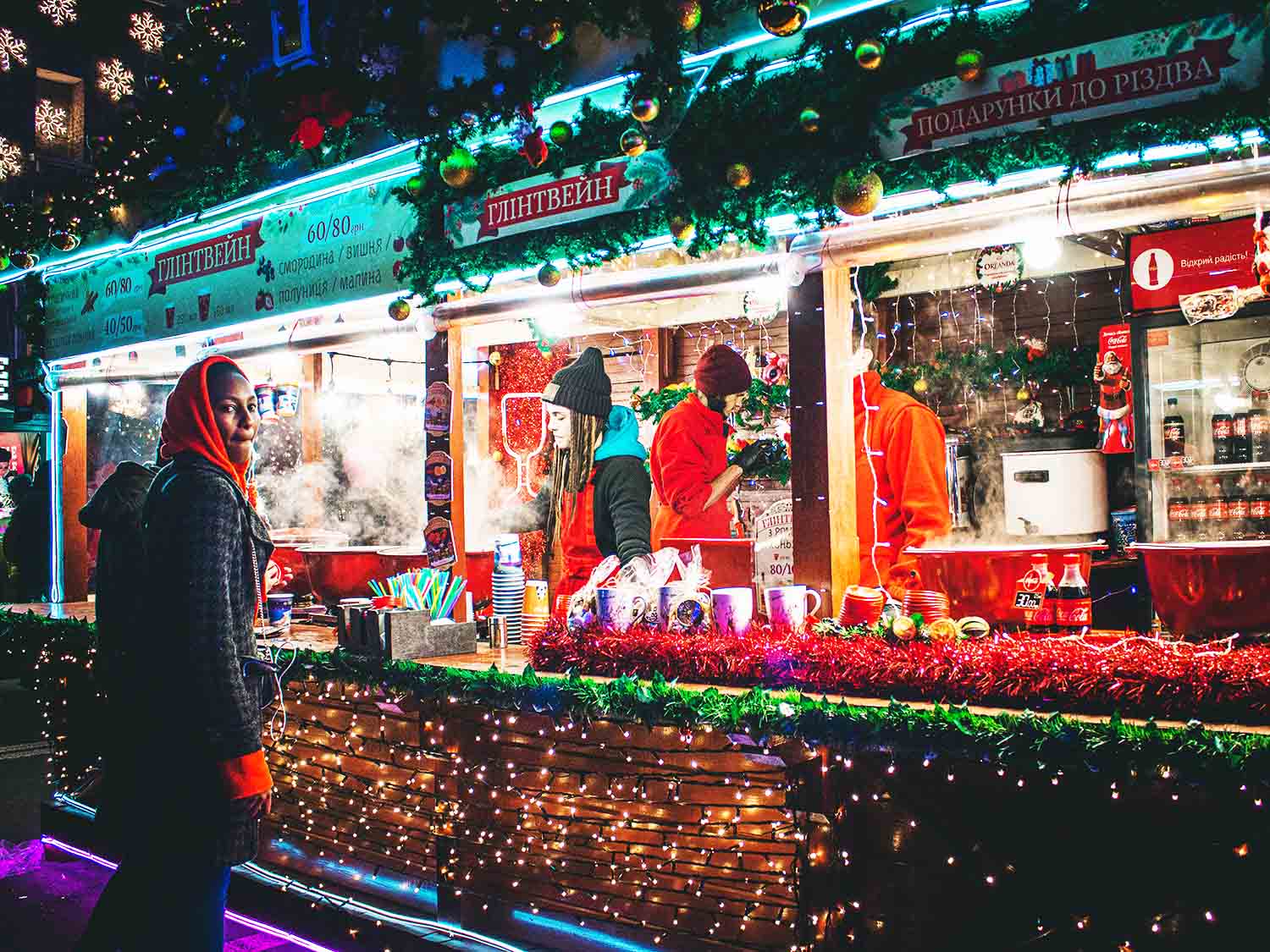
The Slavic Pagan Traditions
Numerous Christmas rituals can be traced back to original pagan practices in Slavic lands. Consequently, the Ukrainians honour their ancestors in death as well as their surviving family members during Christmas, a holiday seen as a celebration of the family.
So, following custom, Ukrainians leave an empty plate and set of silverware in the window for our departed ancestors to assist themselves.
Traditionally, hay is spread out under the tablecloth to represent the stable where Christ was born. Garlic and nuts decorate the table’s four corners; they are thought to promote health and vigor.
The diduch represents ancestor and harvest spirits.
The so-called diduch is the second type of ritual. It’s the first crop of corn from the previous year, so the ears are still tender.
The ancestors are represented symbolically by the diduch, whose name means “spirit of the ancestors” in English. This holiday also symbolizes the hope for a bountiful harvest in the upcoming year for Ukrainians.
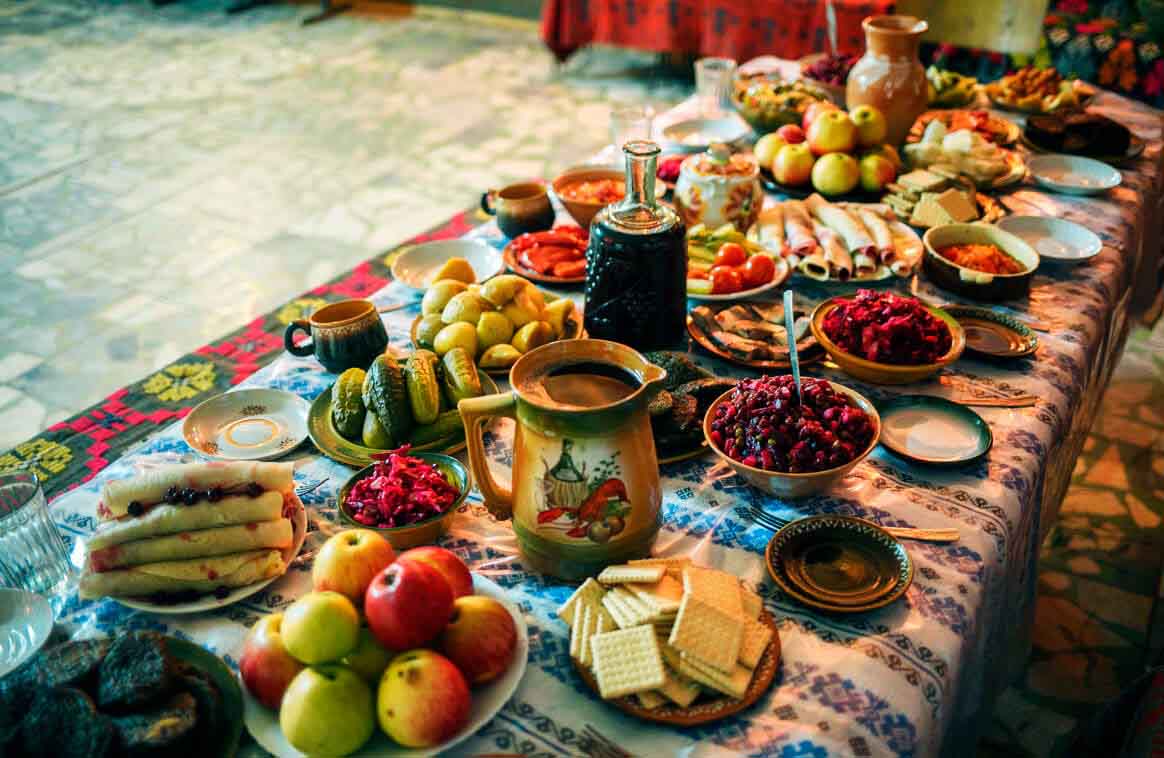
image: ukrainian-recipes.com
12 Lenten Dishes
Anyone who has only experienced Western Christmas celebrations may underestimate the food served at a traditional Ukrainian Christmas feast.
There are normally 12 servings on the table, representing the 12 apostles. In this fast, there are no exceptions to the rule. Since Christmas Eve marks the end of the final fasting day before Christmas, they do not include meat or milk.
Therefore, herring and pike are common fish dishes. Pancakes (doughnuts), vareniki with potato filling, or even meals with beet are also common, but the most important dish is vegetarian borscht, which incorporates little dumplings (in Ukrainian, ears).
As Christmas Eve is a fasting day, no one can consume alcoholic beverages. On the other hand, Ukrainians enjoy a few extra drinks and a round of toast on Christmas Eve.
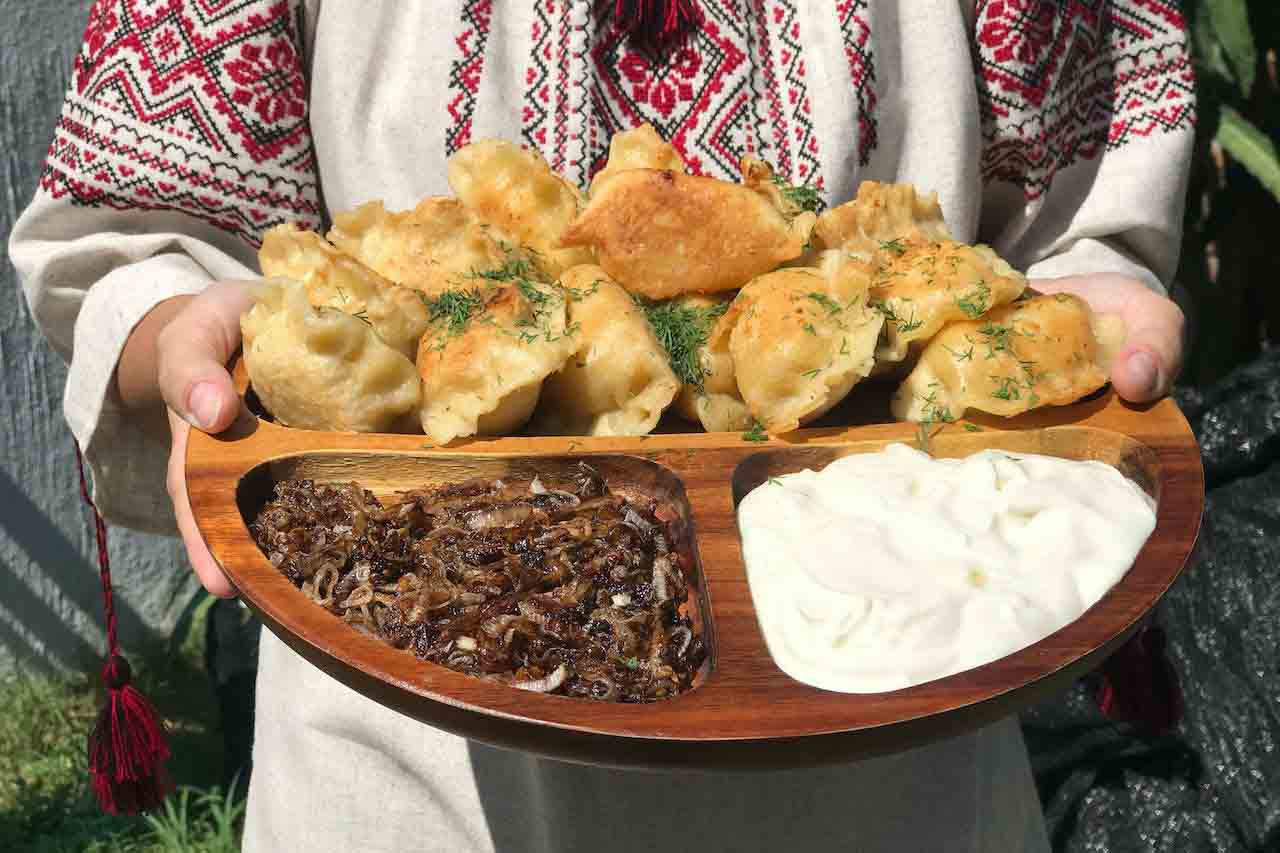
image: https://matadornetwork.com/read/traditional-ukrainian-dishes/
Christmas Day Celebrations
The majority of Ukrainian households celebrate Christmas by attending church services. Christmas services begin early in several churches. A similar four-hour duration is possible here. But there is no place to sit during the service in an Orthodox church; everyone attends while standing.
After all of that work, the family sits down together for lunch at home. It’s standard practice to eat meat again when Lent ends. No one leaves feeling famished.
No Gifting During Christmas
In Ukraine, neither Christmas Eve nor Christmas Day is the time for exchanging gifts. In the tradition of other nations, such as Germany, presents are exchanged on the feast day of St. Nicholas. Although traditionally observed on December 6, in the Orthodox calendar, this is now observed on December 19.
It is also the day all Ukrainians who go by Mykola celebrate their namesake (Nicolas). Name days are often celebrated almost as enthusiastically as birthdays. The Ukrainian name Mykola is also extremely common.
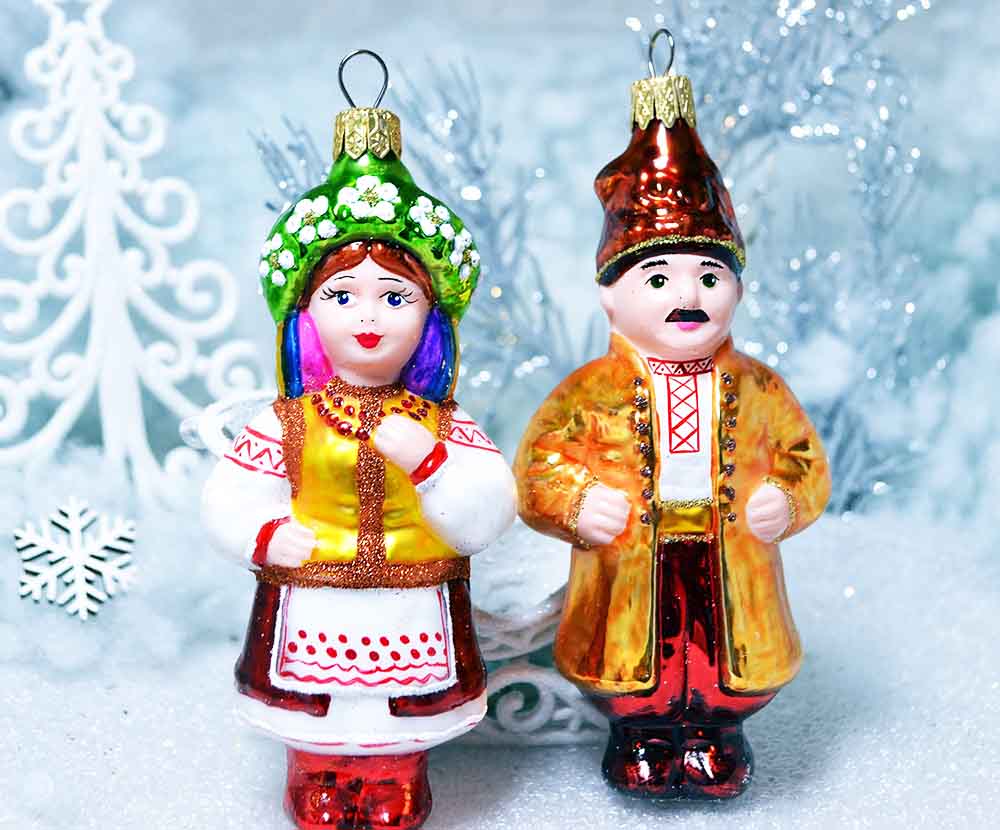
image: https://www.etsy.com/ca/listing/1148953023/ukrainian-christmas-ornament-cossack
***************************************************
* top featured image: https://foodmeanderings.com/kolach-ukrainian-bread/


